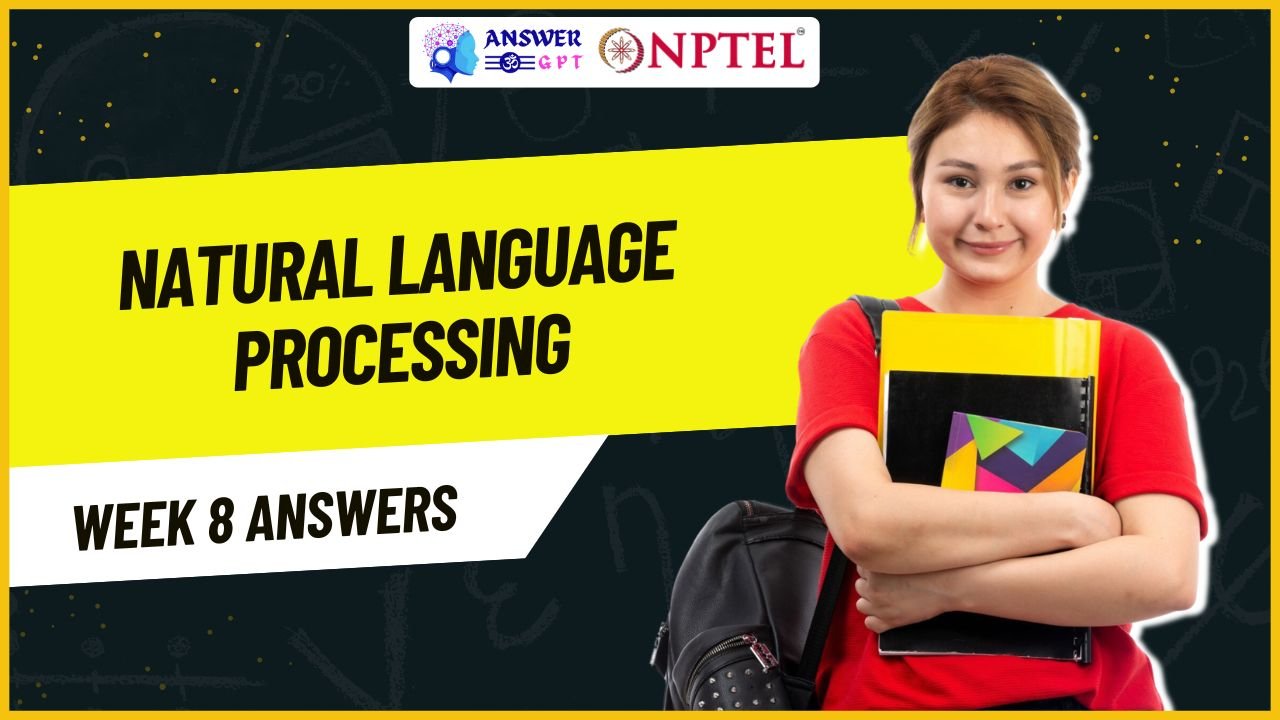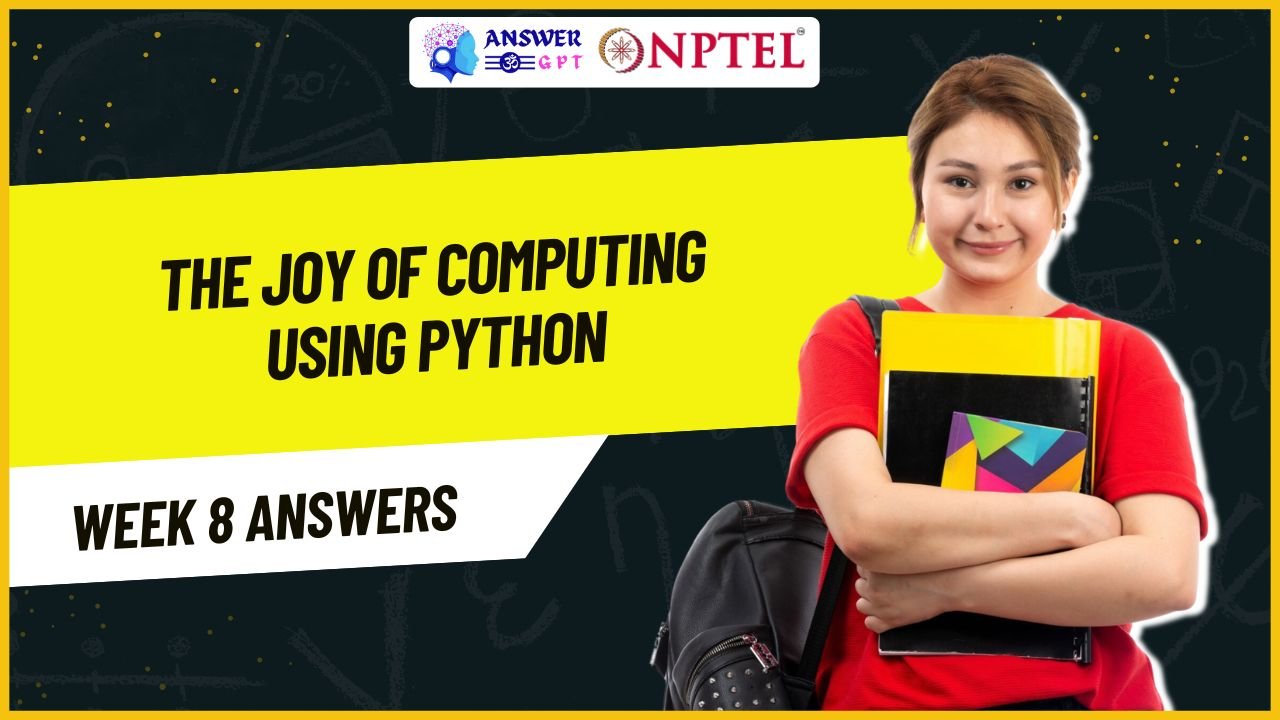Edge Computing Week 8 NPTEL Assignment Answers 2025
NPTEL Edge Computing Week 8 Assignment Answers 2024
1. Select the key needs for building a multi-tenant cloud data centre.
- Agility
- Security
- Network Programmability
- Location Independent Addressing
Answer: a, b, d
Explanation:
A multi-tenant cloud data center must support agility (to allow flexible deployments), security (to isolate and protect tenant data), and location-independent addressing (to ensure seamless VM movement). Network programmability is more aligned with SDN features than multi-tenancy needs directly.
2. Select the features of SDN.
- Data plane is centralized
- Control (plane) is centralized
- Network becomes programmable
- Routing policy is embedded into the network devices
Answer: b, c
Explanation:
In SDN, the control plane is centralized, enabling a programmable network via a centralized controller. The data plane remains distributed. Routing policy is extracted from individual devices and centralized, not embedded in each device.
3. MPLS adds primitive flexibility in the network. The statement is,
- True
- False
Answer: b (False)
Explanation:
MPLS offers some traffic engineering but lacks the dynamic flexibility and programmability that modern SDNs provide. So calling it “flexible” is an overstatement in today’s context.
4. Consider the statement, “Wherever a VM is running in a datacenter, it will always experience the same performance level and latency.” Which of the following does it signify?
- Agility
- Performance Uniformity
- Security
- Network semantics
Answer: b (Performance Uniformity)
Explanation:
This statement refers to Performance Uniformity, meaning that irrespective of VM location, the performance and latency are consistent.
5. Match the correct statements for A and B in context of virtual network service.
A: packet abstraction
B: control abstraction
Statements:
- Virtual machines are able to inject traffic into the virtual network
- The tenant is able to define the entire virtual network pipeline (sequence of OpenFlow tables)
- Virtual machines are able to control the packet flow using virtual switches
Options:
- A-1, B-2
- A-2, B-3
- A-3, B-1
- A-2, B-1
Answer: A-1, B-2
Explanation:
Packet abstraction allows VMs to inject traffic, while control abstraction allows tenants to define the network pipeline, such as using OpenFlow tables.
6. The Markov property refers to which of the following?
- Transitions depend on all the previous state-action pairs starting from the initial state.
- Transitions are totally independent of the state of the MDP
- Transitions are totally independent of the action taken
- Transitions depend on the single most recent state-action pair and no prior history.
Answer: d
Explanation:
Markov property states that the next state depends only on the current state and action, not the full history. It is memoryless.
7. In reinforcement learning, a stochastic policy outputs a probability distribution over the action space. The statement is,
- True
- False
Answer: a (True)
Explanation:
A stochastic policy assigns probabilities to actions, allowing for exploration by not always choosing the highest-value action.
8. In DDPG, gaussian noise is added to actions produced by actor network for which of the following purpose?
- Promotes exploration
- Fast convergence
- Normalize the actions
- Reduces the chance of taking incorrect actions
Answer: a (Promotes exploration)
Explanation:
DDPG is a deterministic policy method, so Gaussian noise is added during training to encourage exploration of the action space.
9. In Q-Learning, epsilon-greedy strategy is used for which of the following purpose?
- Updating the Q-table or Q-function
- Manage exploration v/s exploitation
- Interacting with the environment
- Finding the optimal policy from Q-values
Answer: b (Manage exploration v/s exploitation)
Explanation:
Epsilon-greedy balances between exploring new actions and exploiting known best actions, controlled by the value of epsilon.
10. In public cloud CEC, edge nodes with limited resources can rent resources from cloud node and pay as per the requirement. The statement is,
- True
- False
Answer: a (True)
Explanation:
This describes the pay-per-use model of cloud computing where edge devices can dynamically scale by renting resources as needed.

![[Week 1-8] NPTEL Edge Computing Assignment Answers 2025](https://answergpt.in/wp-content/uploads/2025/01/Edge-Computing-2025.jpg)

![[Week 1-8] NPTEL Edge Computing Assignment Answers 2024](https://answergpt.in/wp-content/uploads/2024/02/NPTEL-Edge-Computing-Assignment-Answers-2024.jpg)


